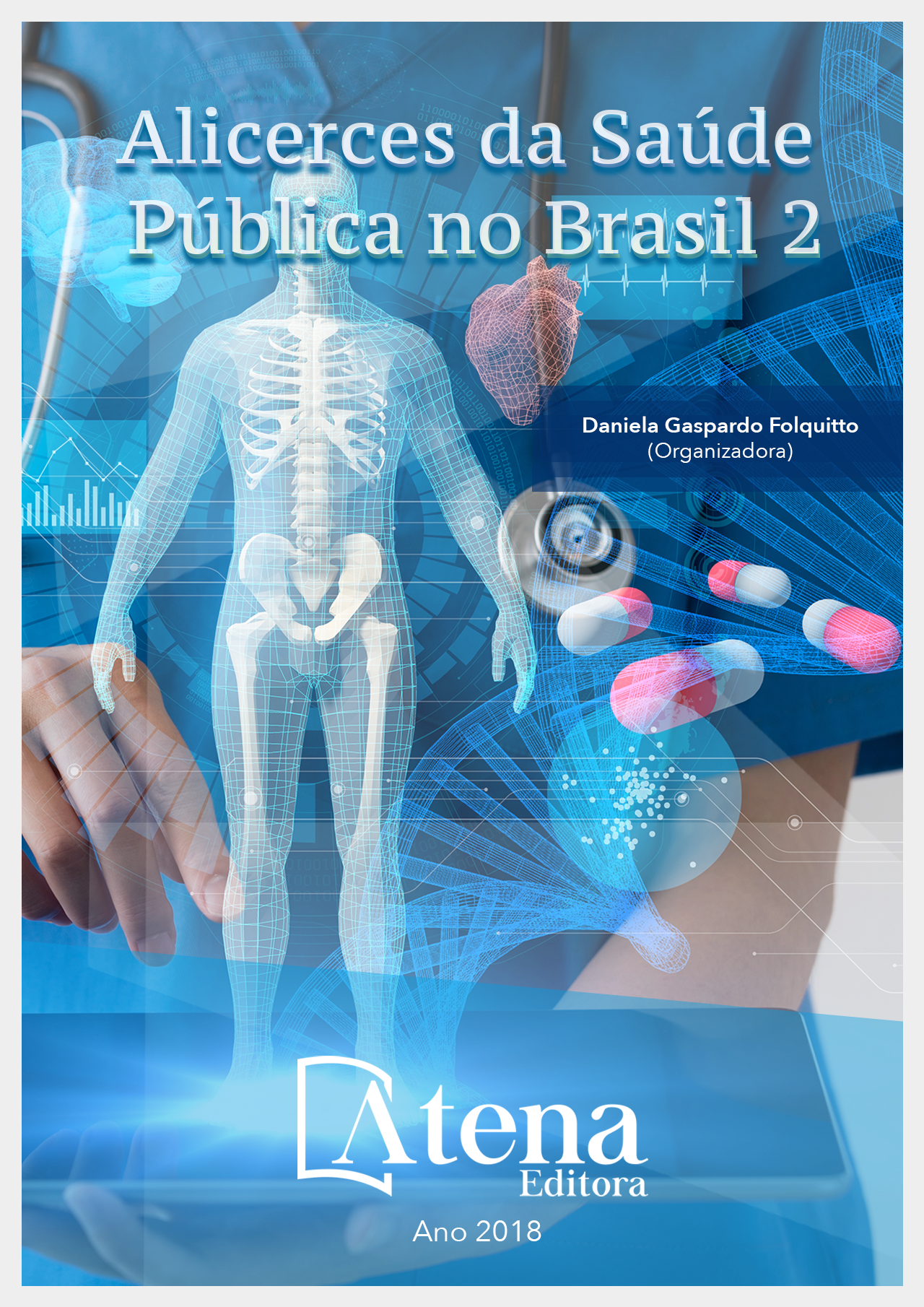
DENSIDADE DEMOGRÁFICA COMO DETERMINANTE EPIDÊMICO: O CASO DA DENGUE NO ESTADO DE GOIÁS DE 2000 A 2012
Introdução: Dengue é um problema
de saúde pública mundial, sendo o Brasil um
dos países com maior ocorrência da doença.
No país, o estado de Goiás foi um dos últimos
a notificar casos da doença, porém após a
inserção do vírus no território o número de
casos de dengue aumentou progressivamente,
sendo hoje um dos estados com maior número
de notificações. Objetivos: O presente
estudo buscou correlacionar a ocorrência da
dengue no estado de Goiás com a densidade
populacional dos municípios notificantes.
Metodologia: para a análise foram utilizadas
três variáveis: o de número de notificações de
dengue, conseguidos no banco de dados do
DataSUS; a população absoluta e a densidade
demográfica, conseguidos no banco de dados
Instituto Mário Borges de Estatísticas e Estudos
Socioeconômicos. Todos os dados foram
buscados na escala municipal para os anos
entre 2000 e 2015. Resultados: Encontrouse uma baixa correlação entre densidade e
incidência de dengue para os municípios do
estado de Goiás (valor r entre -0,02 e 0,221), o
que pode ser explicado pela heterogeneidade
espacial da dengue; pelos padrões complexos
de ocorrência da doença; e pelas condições
climáticas do estado de Goiás, que favorecem a
ocorrência do vetor Aedes aegypti. Conclusão:
no estado de Goiás, a nível municipal, não há
forte correlação entre densidade populacional e
ocorrência de dengue.
DENSIDADE DEMOGRÁFICA COMO DETERMINANTE EPIDÊMICO: O CASO DA DENGUE NO ESTADO DE GOIÁS DE 2000 A 2012
-
DOI: ATENA
-
Palavras-chave: População Urbana, Geografia Médica, Saúde da População Urbana.
-
Keywords: Urban Population, Medical Geography, Urban Health
-
Abstract:
Background: Dengue is a
worldwide public health problem, Brazil
being one of the countries with the highest
occurrence of the disease. In the country, the
state of Goiás was one of the last to report
cases of the disease, but after the insertion of
the virus in the territory the number of cases of
dengue increased progressively, being today
one of the states with the highest number of
notifications. Objectives: The present study
sought to correlate the occurrence of dengue in
the state of Goiás with the population density
of the notifying municipalities. Methodology:
Three variables were used for the analysis: the
number of dengue notifications obtained in the
DataSUS database; the absolute population
and the population density, obtained in the
database Mário Borges Institute of Statistics and Socioeconomic Studies. Results: A low correlation between population density and
dengue incidence was found for the municipalities of the state of Goiás (r value between
-0.02 and 0.221), which can be explained by the spatial heterogeneity of dengue; the
complex patterns of occurrence of the disease; and by the climatic conditions of the
state of Goiás, which favor the occurrence of the Aedes aegypti vector. Conclusion: in
the state of Goiás, at municipal level, there is no strong correlation between population
density and occurrence of dengue.
-
Número de páginas: 15
- Gabriela Bassani Fahl


